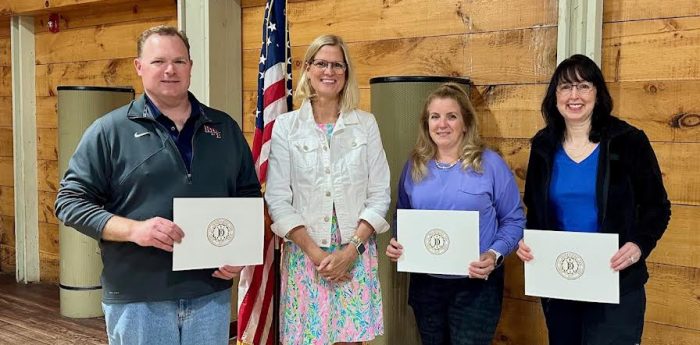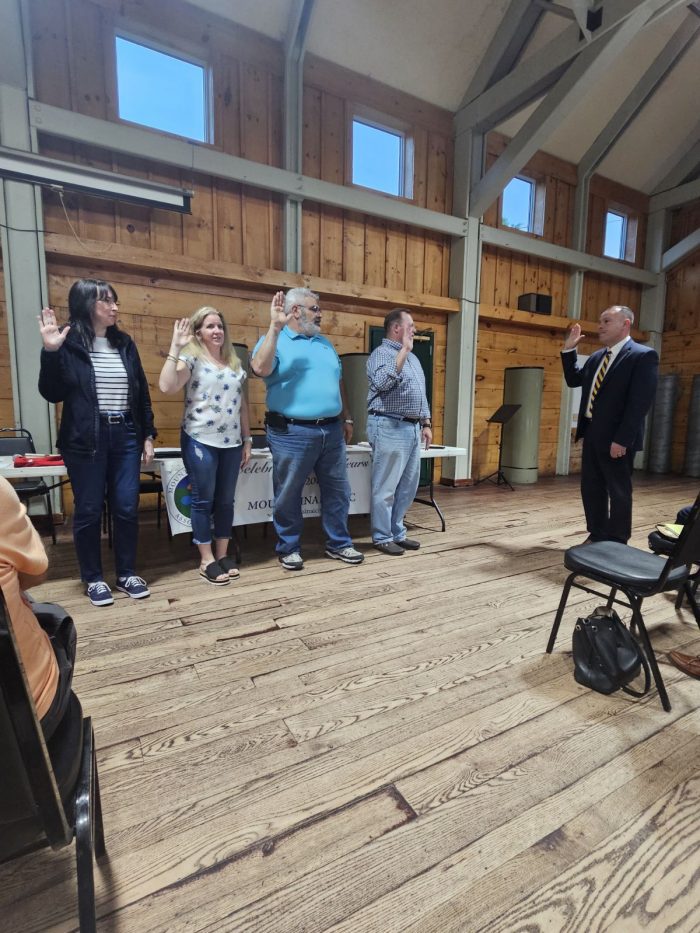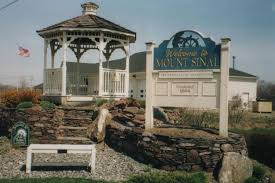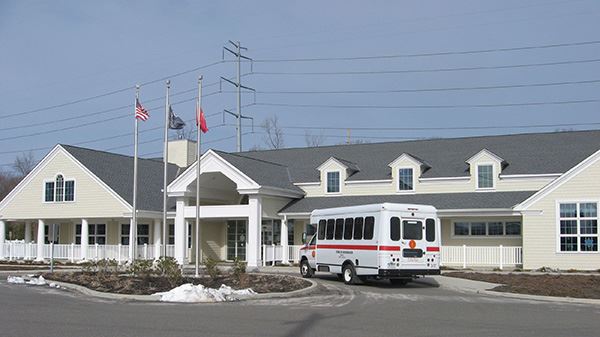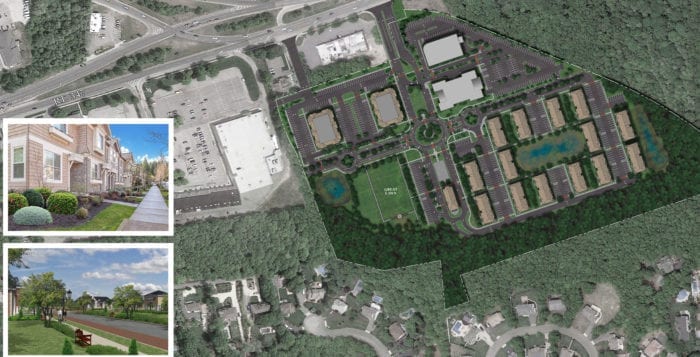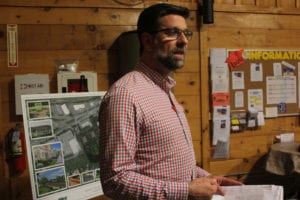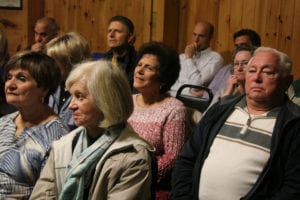Dozens of local residents turned out on Tuesday, Aug. 2, at the Rose Caracappa Senior Center in Mount Sinai to voice their concerns over the proposed redistricting plans for the Brookhaven Town Council.
The meeting was called by the Brookhaven Redistricting Committee, which has recently drawn public scrutiny over proposed maps that suggest significant changes to Council Districts 1 and 2. In an attempt to clear up any confusion surrounding two existing maps circulating on the town’s website, members of the committee held their own deliberations on this matter.
‘These maps, to me, don’t seem sensitive to what communities are and what communities can achieve when they work together.’
— Jonathan Kornreich
George Hoffman, a Setauket resident and member of the redistricting committee, questioned the legitimacy of the draft maps. Under these proposed boundaries, Council Districts 1 and 2 would see significant changes, as half of Port Jefferson Station/Terryville would be swapped for half of Mount Sinai.
During the meeting, the committee announced that it had not yet met with the mapmaker or had any discussion on the maps. To clear up confusion, the board voted unanimously to designate the existing maps as unofficial.
“We don’t have any official maps before us,” Hoffman said. “Every map that’s submitted, either by our attorney or by the public, is going to be given equal weight.”
Public comments
Councilmember Jonathan Kornreich (D-Stony Brook), who currently represents Council District 1, stated that the intended purpose of redistricting is to rebalance council districts based on changes in population. Because his district does not need to adjust for population, he said he was “mystified” when he saw the draft proposals.
“It’s just very disappointing to me to see a map like this get created because I think that people more and more have a sense of cynicism toward their government,” the councilmember said. “There’s a feeling that government serves its own needs more than the needs of the residents, and these maps, to me, don’t seem sensitive to what communities are and what communities can achieve when they work together.”
Leaders representing various community organizations addressed the committee during the public hearing.
Joan Nickeson, a Terryville resident and community liaison for the Port Jefferson Station/Terryville Chamber of Commerce, said the proposed maps would divide the community if approved.
“The proposals that were put forth that belong to your mapmaker that you have not yet met cleave our advocacy power with the chamber,” Nickeson said. “They cleave our school district buildings from the other school district buildings, neighbors from neighbors.” She added, “It is unconscionable that these maps got out into the public without the public being able to ascertain where they came from.”
Salvatore Pitti, vice president of the Port Jefferson Station/Terryville Civic Association, considered the proposed redistricting scheme for Council Districts 1 and 2 nonsensical. According to him, the plans undermine the years of close coordination between the civic association and its representative on the town council.
“It has taken us years to get us to where we are, and now we’re going to start from scratch,” he said. Referring to the draft maps, he added, “It makes no sense. It does not work for our community.”
Francis Gibbons, a resident of Terryville and member of the PJS/Terryville Civic Association, discussed how residents of Port Jefferson Station and Terryville have coordinated their efforts in service to the greater community.
“We have people that have worked together for years to make our communities whole,” he said. “And you think tearing them apart is a good thing?”
Ira Castell, a resident of Port Jefferson Station and member of PJSTCA, referred to Port Jefferson Station/Terryville as a community of interest with longstanding ties to Council District 1.
“It is one of the organizing principles of any redistricting effort to avoid cracking and to unite and retain communities of interest,” he said. “A community of interest is a neighborhood, community or group of people who have common policy concerns and who would benefit from being maintained in a single district.” He added, “Segmenting our community, we will no longer have a united voice to advance our story with one councilperson who represents all my neighbors, with whom I share a common purpose.”
‘Our community does not want to be split.’
— Brad Arrington
Nancy Marr, president of the League of Women’s Voters of Suffolk County, reiterated these objections. “People who share a common history and are connected by common institutions such as community libraries or civic associations should be in the same council district,” she said.
In his opposition to the proposed maps, Brad Arrington, vice president and corresponding secretary of the Mount Sinai Civic Association, defended the preservation of Mount Sinai as a contiguous community.
“Our community does not want to be split,” he said. “Mount Sinai is a community of interest. It is a unified community. And from being on the civic association for 17 years, I can say that we are a very cohesive community.”
The redistricting process remains ongoing. The next meeting will be held Friday, Aug. 5 at 6 p.m. at the Setauket Neighborhood House, 95 Main St., East Setauket.

